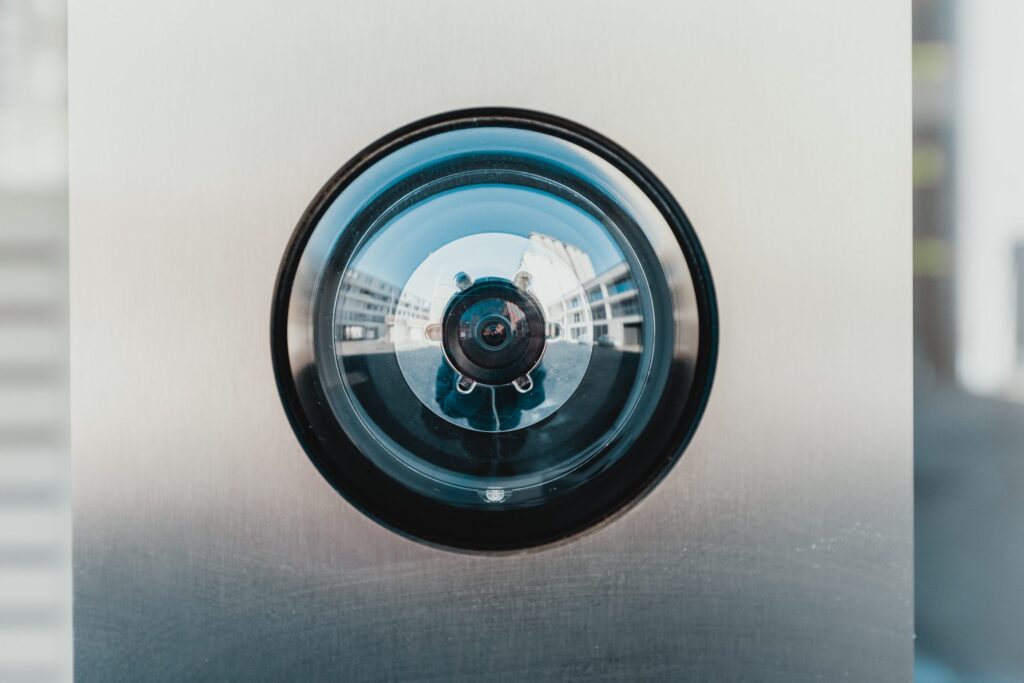72% of information security leaders state that cloud computing represents a top priority in digital transformation. Cloud-based IoT software is changing the nature of both digital and physical security, allowing both security elements to be merged and used to leverage data better.
So, what does cloud-based IoT software mean for the future of security? Keep reading to learn about the ways cloud-based software is helping to improve efficiency and convenience in the security sphere. This guide will cover how digital and physical security elements are being combined for better security incident response.
The implications of cloud-based IoT software
Let’s dive in and discuss the ways cloud-based IoT software can be used in commercial settings, and some of the benefits cloud-based solutions bring to the security sphere. Central to this advancement, IoT technology is facilitating changes in many sectors on a global scale, and revolutionising daily operations for many businesses.
Integrating cloud-based solutions to leverage data
Data is key to success in just about every industry, and security is no different. You can integrate cloud-based solutions to house all information on one interface to get a clearer picture of what’s happening in your business. For instance, integrating cloud-based access control systems with a security camera feed allows for visual identity verification in real-time.
You can also integrate cloud-based solutions with analytics and AI-enhanced software that allow security staff to identify potential security threats more efficiently. For example, Ava Aware aggregates data from access logs and security camera feeds, using analytics to create triggers when unusual activity is detected. These triggers work proactively to minimise threats and criminal activity, rather than simply using the data as evidence once a crime has already occurred.
Leveraging cloud-based IoT technology also enables swift responses and improves productivity. Since security staff have a wide range of responsibilities, they cannot consistently monitor the video camera feed and access logs. Mobile technology helps build a better security strategy by allowing security staff to receive updates from any location, on-site or remotely. Openpath, a Motorola Solutions access control provider, uses live alerts sent to security staff via their mobile device, with the ability to integrate with live video and AI analytics tools to enhance security system functionality and speed responses to security incidents.
The power of combining physical and cyber security
Another way IoT and cloud-based security systems can be optimised is by combining digital and physical security, also known as security convergence. Cybersecurity software is necessary to protect a cloud-based physical security system from online vulnerabilities and breaches. Similarly, physical security measures help guard data and confidential information from falling into the wrong hands. Converging cyber and physical security teams results in a more holistic, collaborative strategy. The more integrated all the physical and digital security elements of a commercial system, the more protected and future-proof the organisation will be.
Automated software updates
Future-proofing your technology requires keeping up-to-date with current versions of the technology you are employing in your security strategy. Keeping all software up-to-date is essential to ensure no vulnerabilities in your cloud-based system could leave your organisation open to cybersecurity threats. Traditionally, on-premise security systems need to be manually updated by a certified professional every time there’s a new upgrade. With cloud-based software, updates can be automated, and performed remotely, meaning that it requires minimal effort to keep your software up-to-date.
Remote capabilities
In today’s increasingly flexible and connected work environment, cloud-based IoT security software allows employees to operate security tools using their mobile devices remotely. For instance, if your building uses a video intercom system for combined access and visitor management, your security staff will be able to verify the identity of visitors with an easy video call to their smartphone. Plus, the mobile app features a convenient remote unlock option to grant guests entry once they’ve identified themselves. This ensures no security incidents occur due to misappropriated access credentials.
Verifying visitor and user identity remotely allows visitors to enter the building without a lengthy wait. It can take a while for security staff to get to the building’s entrance to verify visitor identity in person and unlock the door to the building, so the remote capabilities of cloud-based IoT technologies allow for faster entry to the building.
Because misappropriated access credentials are one of the main concerns associated with access control, having integrated video feed and access information on one interface can help mitigate these concerns. With a fully remote access dashboard, cloud-based systems like Openpath allow security staff a faster means for verifying identity and ensuring access credentials belong to their authorised users.
Summary
If you’re adopting cloud-based IoT solutions in your security strategy, you have the opportunity to create a future-proof security system. Cybersecurity is a significant concern when businesses adopt IoT technologies, but by merging physical and digital security, you can ensure your cloud-based system is well-protected from vulnerabilities. Integrating physical and digital security concepts will help your security and IT teams handle the changing security landscape.
Want to learn about the IoT from industry leaders? Check out IoT Tech Expo taking place in Amsterdam, California, and London.
Explore other upcoming enterprise technology events and webinars powered by TechForge here.
Tags: cloud-based IoT, cybersecurity, Iot security, security software







